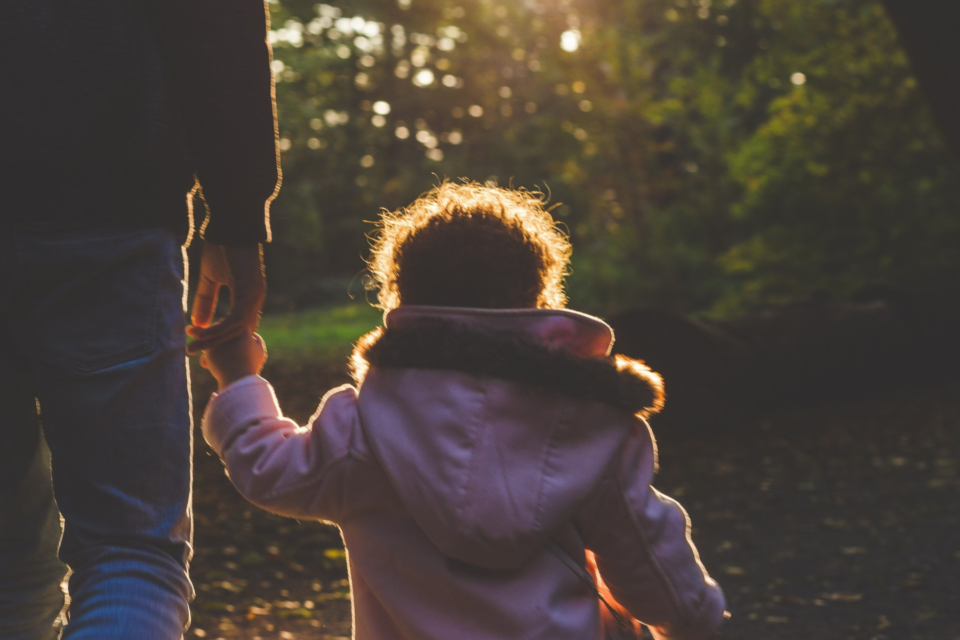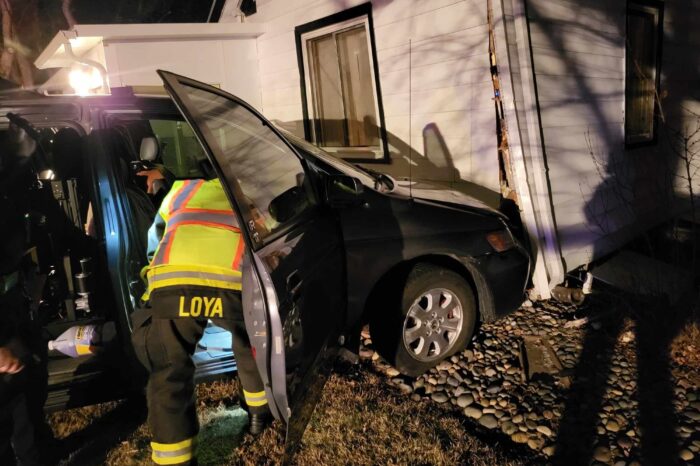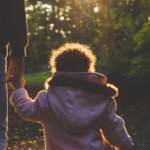Army Medic Turned Air Force Commander Saves Child

Everything happens for a reason, in the opinion of 1st Lt. Ha Eun Ryoo, 90th Operational Readiness Medical Squadron public health flight commander. Which is why she believes it was no accident that she was pulling through the gate at Fort Sam Huston, Texas, at the same moment a child stopped breathing, requiring CPR to save their life.
To live her dreams of studying in the communicable health field, Ryoo earned a genetic developmental biology degree from Stony Brook University, New York, then began working as a lab scientist in Washington, D.C. After two years of dissecting and genetically mutating organisms, she decided she wanted to take her career to new limits. Embracing new challenges, she enlisted in the U.S. Army as a combat medic and spent four years learning and training to administer emergency medical care, like triaging illnesses or injuries to save lives.
Her time in the Army, although impactful, still wasn’t fulfilling her dreams and aspirations. Using her recently earned master’s degree in public health, she accepted a commissioning position into the U.S. Air Force in 2023.
As a public health flight commander at the 90th Missile Wing, Ryoo oversees public health Airmen who work with both community and force health management. In this role, she is also the alternate public health emergency officer for the base. To become qualified for that role, she had to attend a hospital incident command system course and public health emergency management course at Fort Same Huston, Texas, from Jan. 24 to Feb. 2, 2024.
It was during this temporary duty assignment to Texas that Ryoo was in the right place at the right time, and she was able to use her Army and Air Force provided medical training to save a child’s life.
As she drove from her off-base hotel to the base gym and stopped at the installation gate, she noticed a child on the ground and security forces Airmen trying to perform CPR. The Airmen were struggling, Ryoo noticed, so she jumped in to help.
“I took over the scene and started doing CPR, asking all the questions I could to help the young child,” said Ryoo.
The child’s father was taking them to the local hospital due to an asthma attack. When they stopped breathing, the father pulled up to the base gate for help. When Ryoo arrived on scene, the child didn’t have a pulse and still wasn’t breathing. Ryoo did CPR for about five minutes, alternating chest compressions and breathing, until an ambulance and medics arrived on scene. It was on her fourth round of CPR that the child started to breathe again and their pulse came back.
“I was constantly praying and saying God please save this life, use me to be the tool to save this life,” Ryoo said. “I believe everything happens for a reason, and I don’t think it’s an accident that I was able to be there at the time and know the skills.”
Everyone that receives training in CPR should take it seriously, according to Ryoo, because the future is uncertain. Taking courses that teach lifesaving skills seriously can mean the difference between saving someone’s life, like Ryoo did, or failing to remember the correct amount of compressions, pace or force.
“Having genuine heart toward other people is really important to have every day and in every second of your life,” said Ryoo. “So when things come up, you are not hesitant to help because you have that mindset of helping others.”
Even something as little as saying ‘hello, how are you’, and meaning it, can make a big impact on someone else, according to Ryoo. So, if you needed a sign to help someone in need, take this one from Ryoo.


